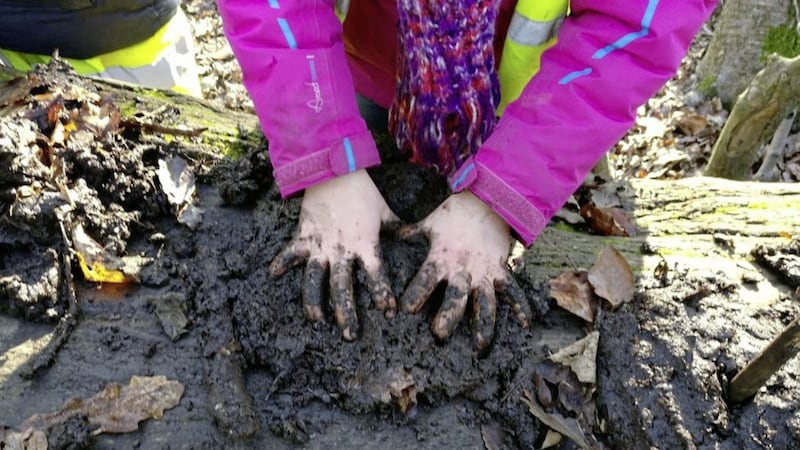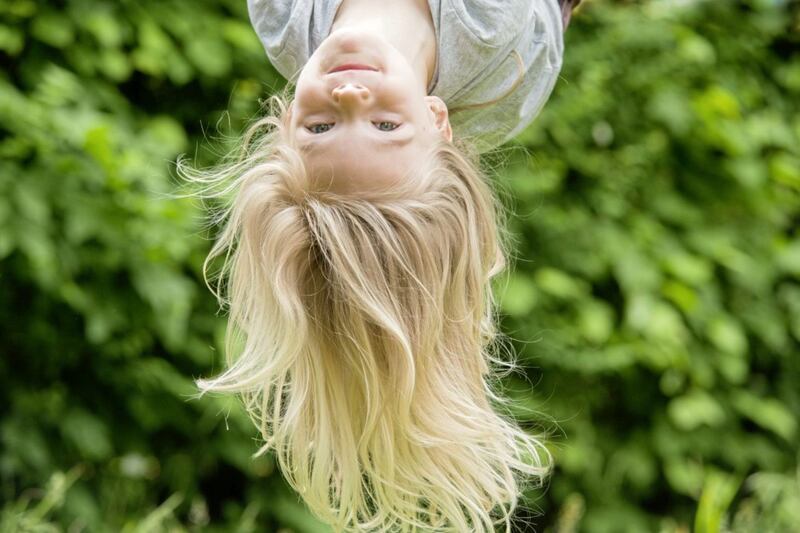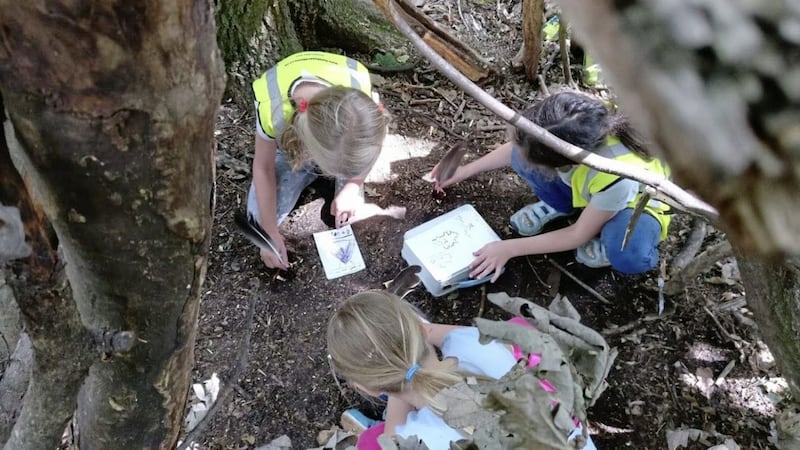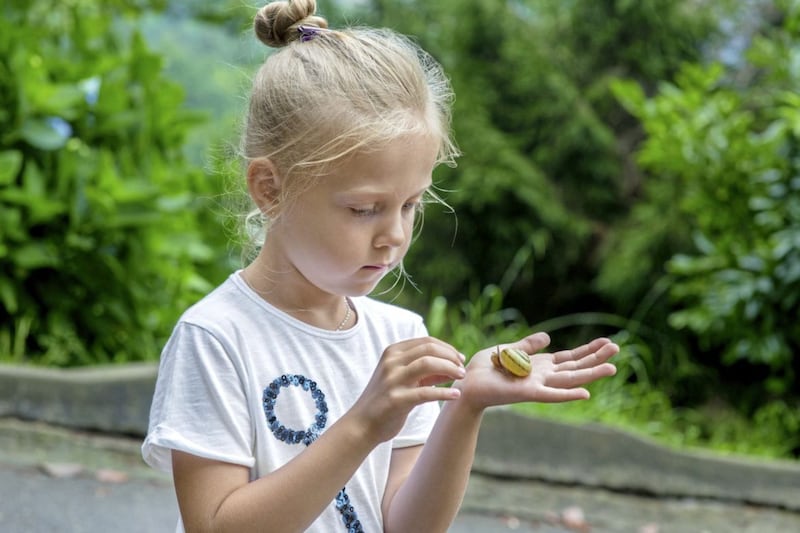INSIDE the four walls of a school classroom, children can gain knowledge and learn how to pass exams – but they are sedentary apart from a few PE lessons, and shut off from the natural world outside.
Yet being outdoors has huge benefits for children, both physically and mentally, and the growing phenomenon of Forest Schools aims to tap into those benefits by educating children in the fresh air.
Forest Schools are held all over the world, in settings ranging from weekly sessions in parks and nurseries or primary schools to dedicated outdoor centres, kindergartens and after-school clubs.
There are more than 12,000 trained Forest School leaders in Britain and the north alone – and two of them, Jane Worroll and Peter Houghton, are trying to spread the word about the movement's child-led learning and nature-based play philosophy through their new book A Year of Forest School (Watkins Publishing £12.99), which offers parents a host of free and fun activities to do with their children through all the seasons.
Worroll and Houghton are passionate about the advantages of sending children to Forest Schools, where youngsters can enjoy adventures like making and using tools, digging in the mud and singing around a fire.
Here the two leaders outline the benefits to children when they learn outside.

1. Building confidence and independence
Building dens, navigating with a compass and using a knife in woodwork are just some of the activities that instil children with confidence and a sense of independence.
"Children feel empowered as they learn more about their own natural environment," explains Worroll.
She suggests children try making blackberry ink and quill pens, using a cup-sized collection pot, a teaspoon, white vinegar, table salt, scissors and paper.
To do this, search for blackberries and feathers – moulted goose feathers are perfect for the quills, and you'll need about half a cup of blackberries to make a small well of ink. Get the children to show you the blackberries before they gather them to make sure they don't harvest anything poisonous.
Use the spoon to pound the berries in the cups to extract the juice, and then add half a teaspoon of vinegar and half a teaspoon of salt to each pot – ink done!
To make the pen nib on the feather, the rounded tip needs to be cut away at a 45-degree angle with scissors. Then cut across the end of the point so there's a few millimetres of flat edge to write with. Now cut a small slit down the middle of this newly-made end, to create a nib. Then dip the quill in the ink and start writing or drawing.
2. Feeling empathy for others and nature
Working as a team in a natural setting bonds children as a group. It also makes them aware of the need to care for each other and for the environment.

3. Physical fitness
Running around and climbing trees develops muscle strength, aerobic fitness, and coordination. A Scottish study found activity levels were 2.2 times higher in a typical Forest School day than during a school day that included PE lessons.
One of the fun physical activities Forest School pupils enjoy is escaping a giant web. This is done by first making a giant spider's web by weaving cord through trees horizontally and vertically.
Next, decide whether children will play individually or in teams, and elect a rope buzzer, who makes a buzzing sound signalling the loss of one of the players' three lives whenever they touch the rope.
Take turns to make it through the web without touching it with any part of your body. If players touch the web, it buzzes and they lose a life and must exit and join the end of the line to wait for another go.
Once a player makes it through the web, the challenge gets harder. The first time you go through, you can use all your limbs to help you but second time around, you can use only three parts of your body to help you. Keep going until everyone has tried to get through the web three times.
4. Health benefits
Studies have highlighted a multitude of health benefits to being outside -sunlight and soil microorganisms boost the body's levels of serotonin, the chemical linked to feelings of wellbeing, while vitamin D, which is essential for bone and muscle health, is also provided by the sun's rays.

5. Improved mental health
Today's children are experiencing increased stress caused by a range of pressures, from school exams to social media. Mental-health professionals acknowledge that maintaining a relationship with nature can be very helpful in supporting children's emotional and mental wellbeing.
6. Learning by experience
Research suggests young children learn best from experience, by using their senses actively rather than passively, and it's via these experiences that learning remains with us into adulthood.
7. Exposure to manageable risk
At Forest School, children can run and make a noise, get their hands dirty and experience manageable risk, which is essential for healthy child development, through activities such as supervised fire building and cooking.

8. Better sleep and mood
Children – and adults – sleep more deeply after either playing outside or going for a long walk, and mood lifts just from breathing in a few lungfuls of fresh air.
9. Learning about spiritual meaning
Outside the confines of four walls, without the distractions of electronic devices and excessive supervision, children can move, explore and discover at their own pace, connecting to the natural world – a place not created by man, that had deep spiritual meaning for our ancestors.
:: For more information on Forest Schools, visit Forestschools.com and NIfsa.org.uk






